What is it?
The latest version of the car that pretty much announced that Korea was ready for primetime when it first appeared in 2007.
The original i30 announced to the world that Hyundai could build something at least as good – and in a lot of cases, even better – than it’s Japanese opposition , something they would do consistently ever since.
While the second generation car launched in 2012 was equally good, it played it very safe and failed to excite many people, yet still sold well.
Now we have a third generation i30. But this time it isn’t the Japanese manufacturers that Hyundai has in its sights – this time the Euros are also under fire.
Does the new i30 measure up to the likes of the Golf? We check it out.
How much does it cost?
Prices have remained stable within the i30 range and, despite significant extra equipment in the new vehicles, remain the same across all models.
The entry level i30 kicks the range off at $35,990, while the Elite lands at $39,990.
The Limited tops the range at $43,990. All models come standard with either a six-speed automatic (entry and Elite) or a 7-speed dual clutch (Limited) transmission.
What is its opposition?
The small car segment is shrinking, but still a big chunk of the total sales in New Zealand, so there are quite a few players in it.
The obvious one is the Toyota Corolla, as it is the biggest seller in the segment, but that is mainly fleets and rental companies, so the likes of the Holden Astra, Ford Focus, Peugeot 308, Honda Civic and Mazda3 will be the main competitors.
Then, of course, the one that is most clearly in Hyundai’s firing line is the Volkswagen Golf.
There is also in-house competition in the form of the Kia Cerato, while in terms of size, the Mitsubishi Lancer and Subaru Impreza also line up, but at a far cheaper price point.
What powers it?
The entry car and the Site are both powered by the same 120kW/203Nm 2.0-litre inline four-cylinder petrol engine hooked up to a six-speed automatic transmission.
Hyundai claim a combined fuel consumption figure of 7.4L/100km for both.
The top-spec Limited gets the company’s new 150kW/265Nm 1.6-litre inline turbo petrol four-cylinder engine hooked up to a seven-speed dual-clutch transmission, with Hyundai claiming 7.5L/100km for the more powerful engine.
What has it got?
The entry car gets 16-inch alloy wheel as standard, as well as an 8-inch touchscreen infotainment with Apple CarPlay and Android Auto, LED daytime running lights, automatic headlights, a rear view camera with rear cross traffic alert, blind spot detection, a tyre pressure monitoring system and heated electric side mirrors.
The Elite adds 17-inch alloy wheels, leather upholstery, rain sensing wipers, keyless entry and push button start, dual zone climate control, an electric parking brake and heated front seats with 10 way adjustment on the driver’s seat.
The Limited takes all of this and then adds 18-inch alloy wheels, leather sport upholstery, a panoramic sunroof, LED headlights and taillights, heated and ventilated front seats, a remote window close function and Hyundai’s new SmartSense safety package that includes radar cruise control, autonomous emergency braking, forward collision warning, lane keep assist and a driver attention alert.
What’s good about it?
It looks great! While photos don’t really do it justice, in the metal the new i30 is a handsome, very European-looking small car.
The top-spec Limited is a seriously good, well-equipped car that has a brilliant engine, transmission and is fun to throw around, while remaining comfortable and composed at all times.
Handling is largely neutral, with no nasty surprises in store for the unsuspecting, while also capable of being hustled along at an enthusiastic rate.
The interior is very well built, with some very nice quality materials used.
What’s not so good?
There are still hints of hard plastics if you go looking for them though.
Shorn of the Limited’s chintzy red highlights, the entry and Elite cars are rather dour and dark inside.
While the 2.0-litre engine and six-speed auto aren’t bad, they are no match for the 1.6 and the DCT.
First impressions?
Just going off the obvious styling cues alone, Hyundai is clearly targeting the small Europeans with the new i30 and, it has to be said, they have come tantalisingly close.
While the top spec Limited sits right smack in line with the Volkswagen Golf R Line in terms of pricing, it is more quicker and more powerful than the Golf and also out-muscles it in the equipment department.
The Golf has the edge in ultimate quality in terms of interior materials and possibly in handling and ride, but that will depend on personal preferences more than anything else – both are incredibly confident, but have distinctly different handling characteristics.
Where the i30 doesn’t quite match up to the European opposition, however, is lower down in the range.
The drab interiors, more obvious plastic and the fact that the 2.0-litre engine is capable and competent, but far from exciting means that the i30 still has a way to go before it can knock the Euros off.
That said, it is still likely to be one of the better cars in the small segment when lined up alongside the rest and handily takes it to the Japanese opposition, as well as nipping happily at the heels of the Euros.
Well priced, highly equipped, good looking and great to drive (particularly in Limited form), the Hyundai i30 certainly deserves attention.

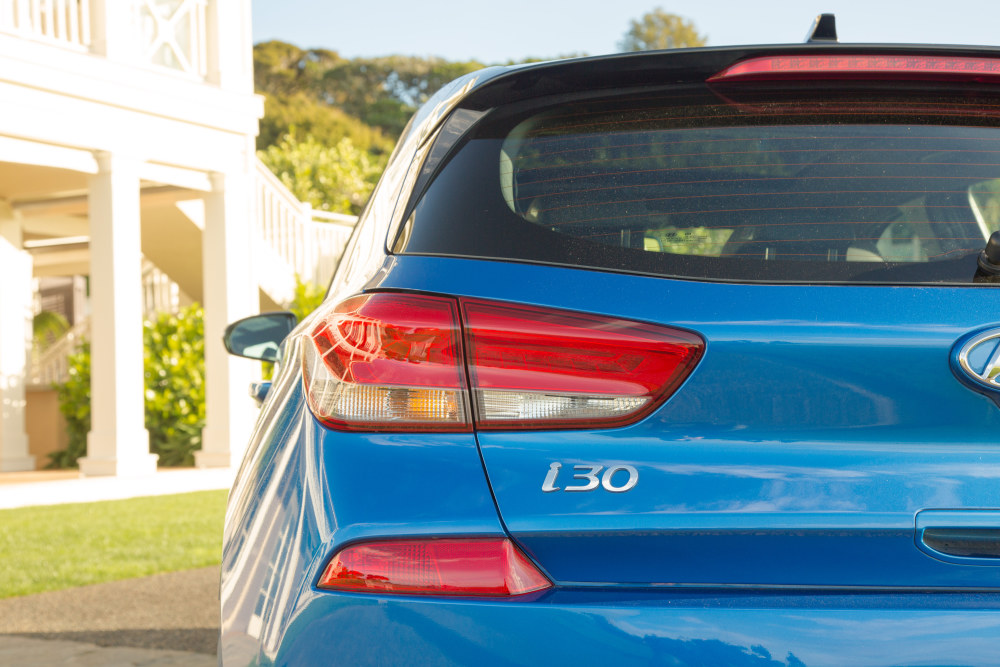
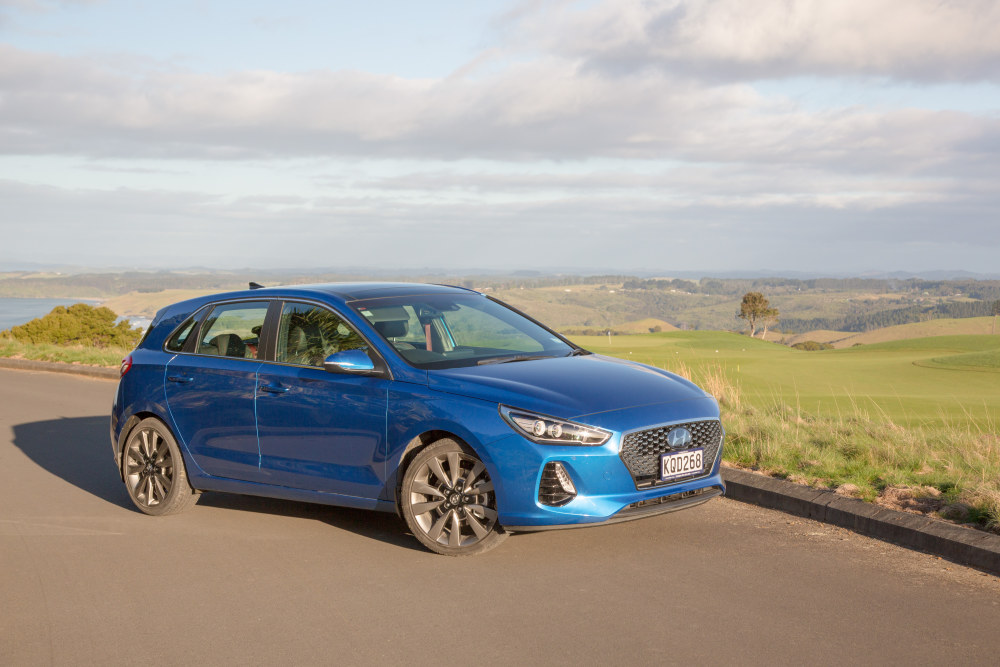
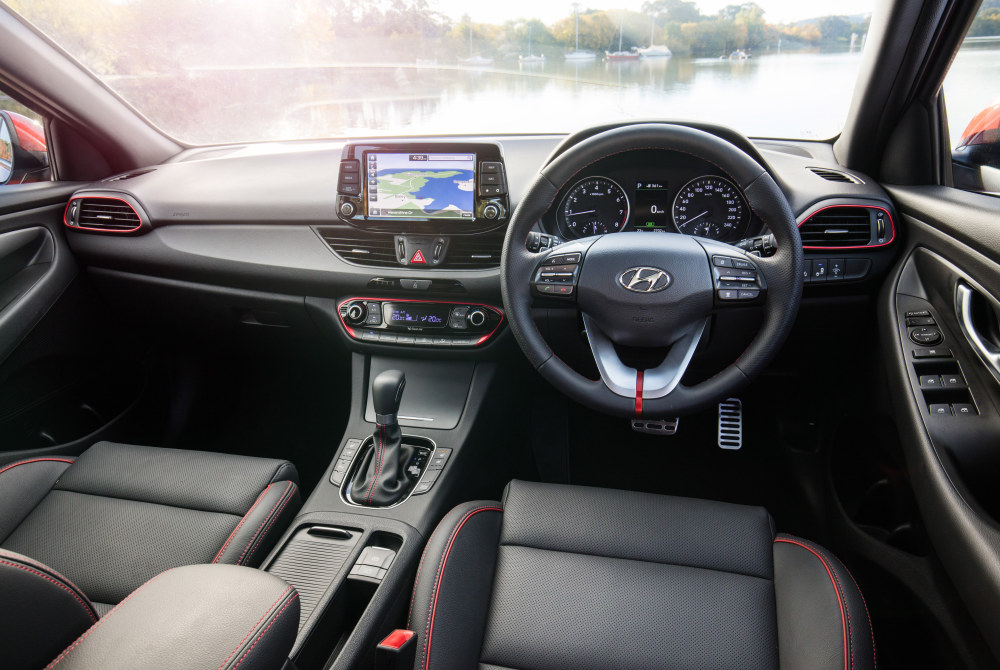
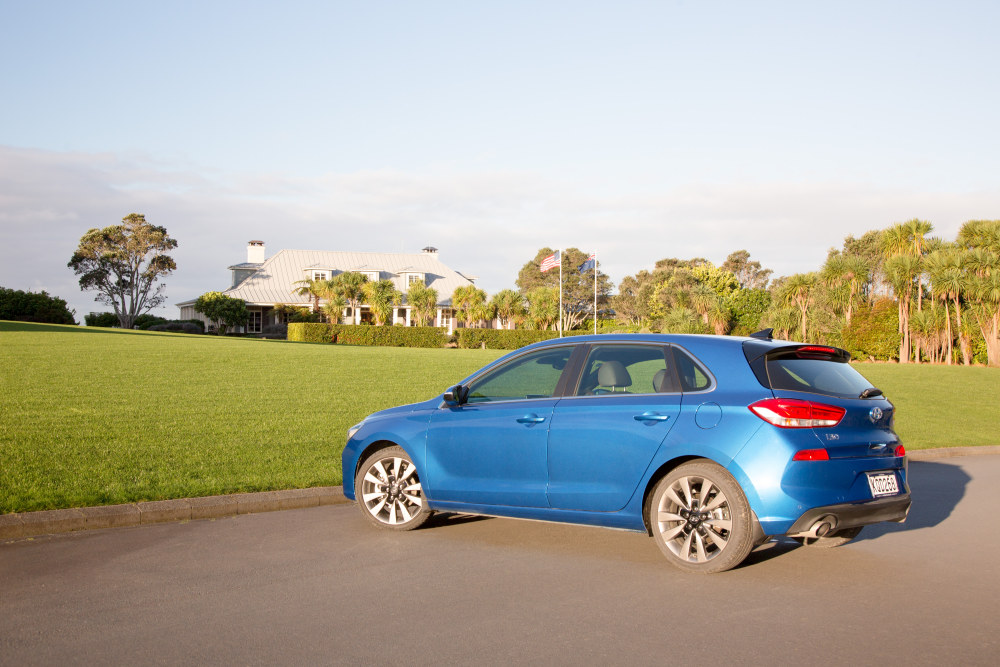
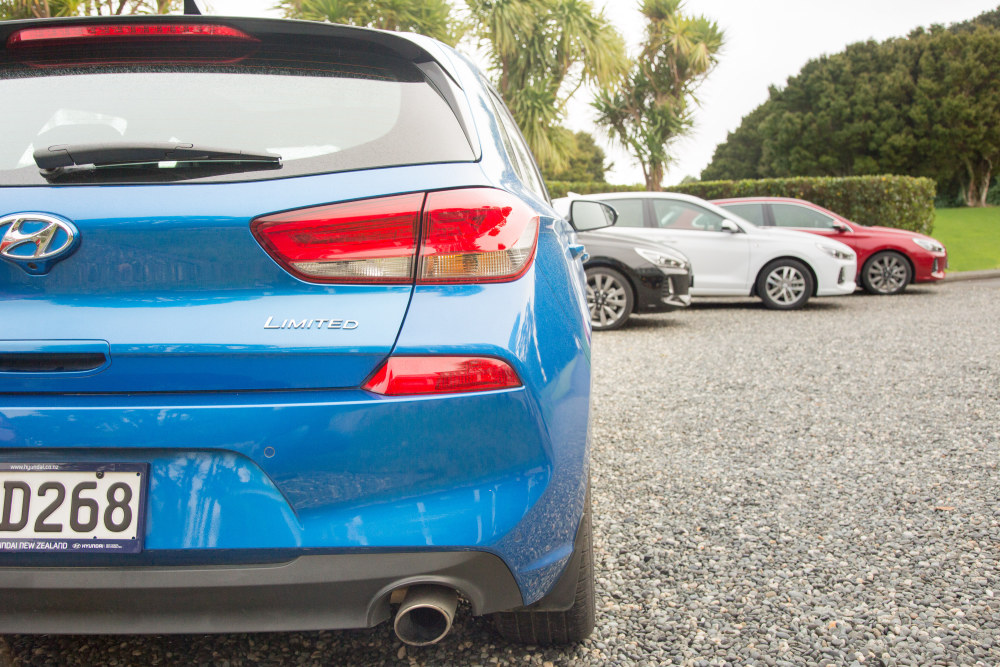
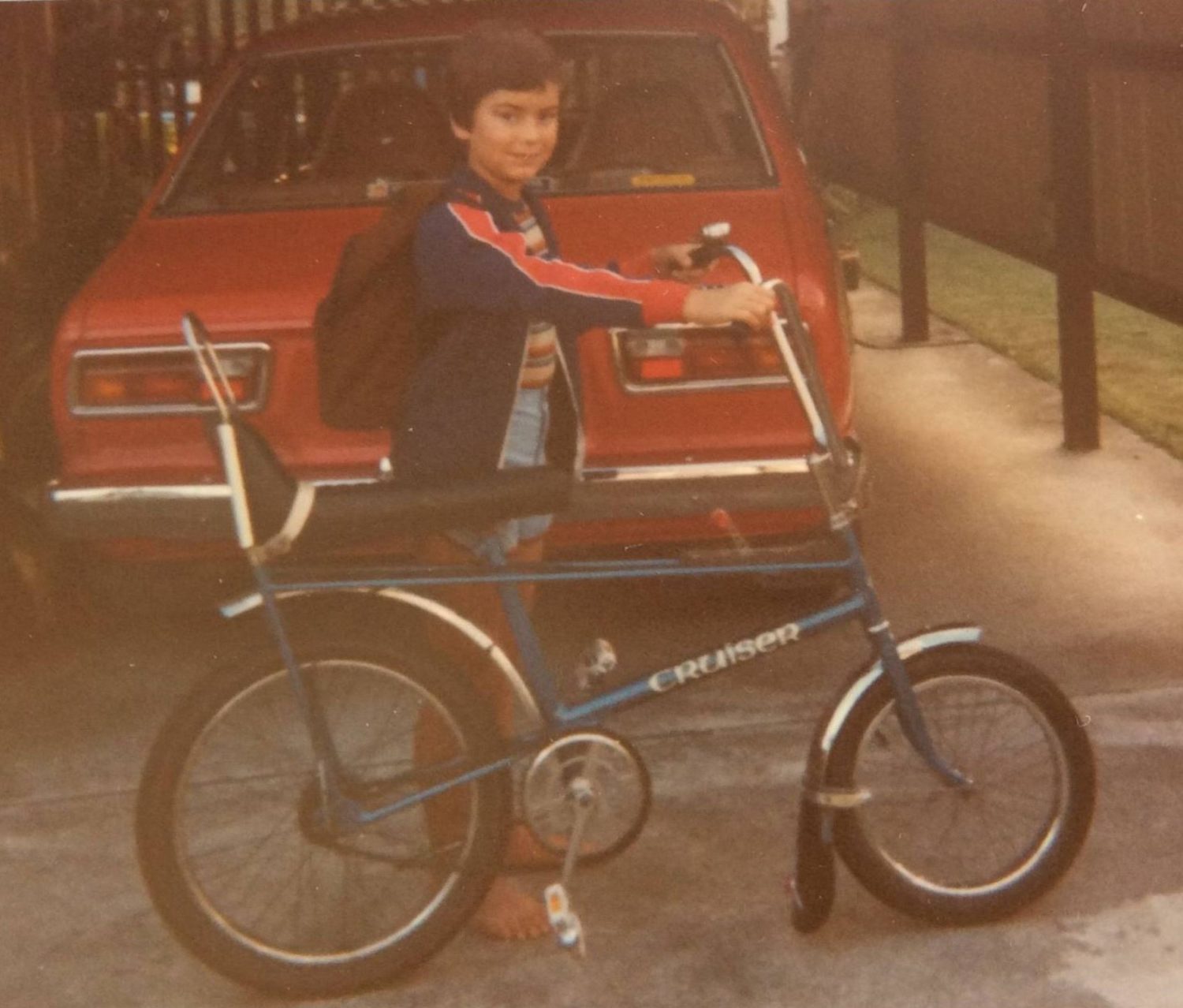
You must be logged in to post a comment.